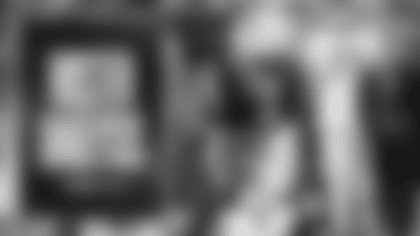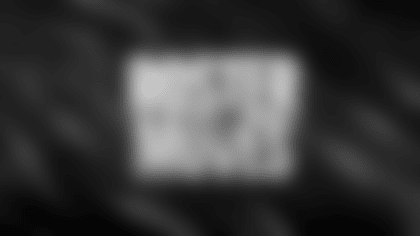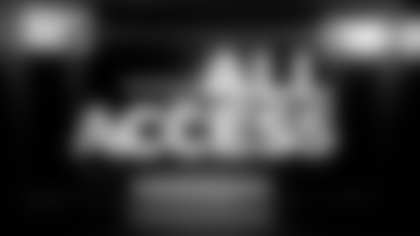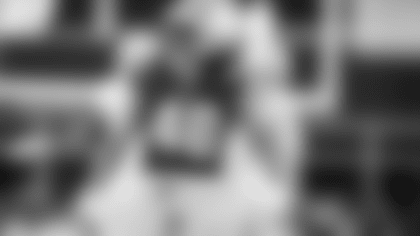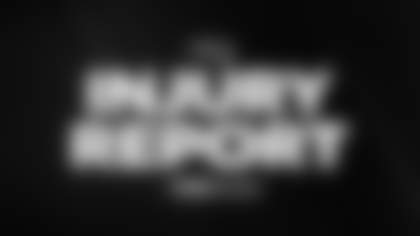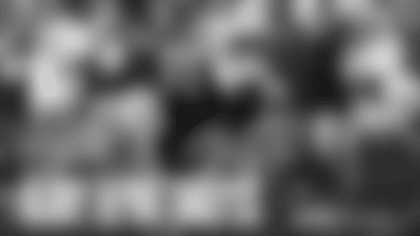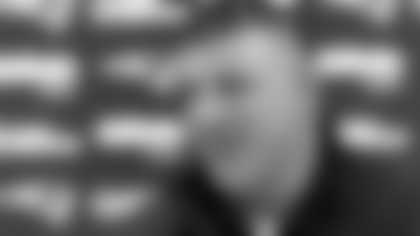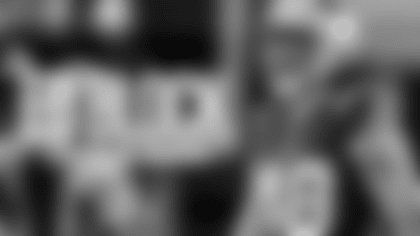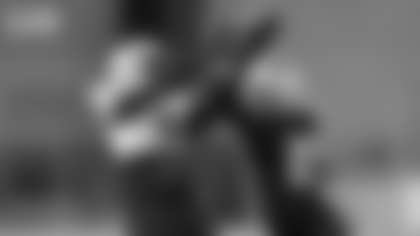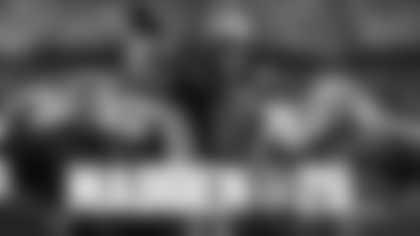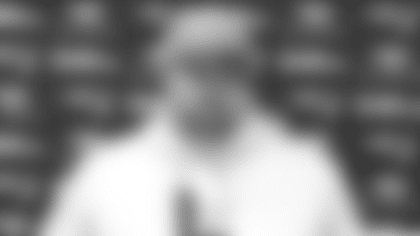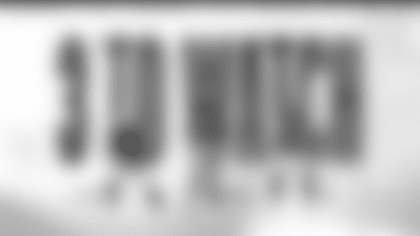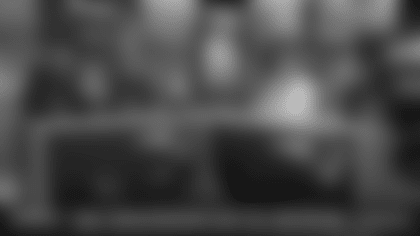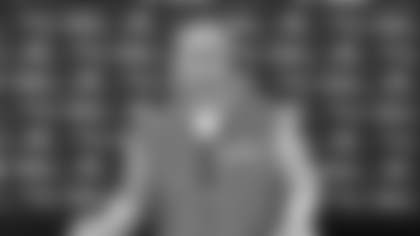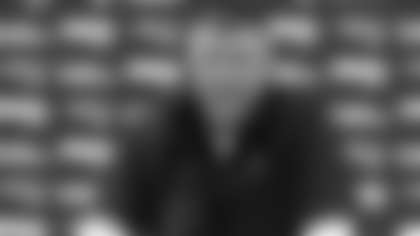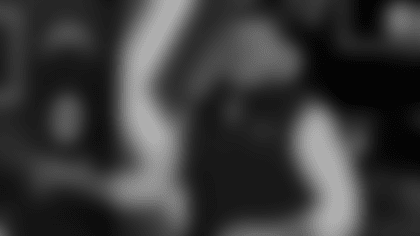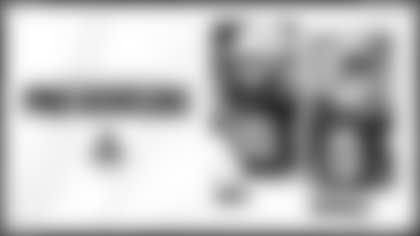Hasn't it been wonderful to see so many people starting to get vaccinated for the coronavirus? As this oddest of even-numbered years comes to a rapid end, they represent hopeful images for the year to come. And to think that, when this all started several months ago, the concept of vaccines being ready for injection by year's end initially seemed wildly optimistic at best, and perhaps delusional at worst. Yet, here we are.
At the risk of appearing unappreciative for this remarkable gift, imagine, for just a moment, this hypothetical scenario:
When COVID-19 first entered our collective consciousness in late February/early March, scientists at Pfizer, Moderna, and other medical research companies around the globe revealed that they'd already been working for years on a general remedy for just such an outbreak. Not only that, but they could customize it by gender, age groups, geographic locations, and other health-related demographics. Within a couple of months, they could have their products fully approved and ready for distribution. What a different year 2020 might have been, huh?
Creating artificial NFL crowd noise might, at first blush, have nothing at all to do with vaccine production. And you're right, it doesn't. However, the manner in which it came about is almost as wistfully far-fetched as the aforementioned example.
Late last spring, other professional sports leagues here in the United States, as well as overseas, had already started experimenting with piping recorded crowd noises into their television broadcasts. So, when it became clear that most fans would be kept out of National Football League stadiums across the league this season as a result of the COVID-19 pandemic, league officials contacted NFL Films, the historic archive of pro football audio and video footage, in search of ideas for how to fill the void.
"Well," replied Vince Caputo, a 36-year Films employee, almost matter-of-factly, "I have all these recordings… we can try to utilize them."
What would be cool, Caputo continued, is, say it were a Patriots home game at Gillette Stadium. The crowd noise that people watching the broadcast would hear – while it wasn't the crowd at that particular game, because there'd be no actual crowd – would be an authentic recording of New England fans from a previous game at Gillette.
"Everybody thought that was a good idea," Caputo recalls with a chuckle, adding, "It was probably a lot more ambitious than we realized at the time. Going through those recordings, editing them, cataloging them, was an arduous process."
Perhaps, but it would have been a darn-near impossible one, had it not been for a serendipitous decision Caputo made four years earlier.
A SOUND DECISION
At NFL Films headquarters in Mount Laurel, New Jersey, about a half-hour's drive east of Philadelphia, a decades-old library of audio recordings had begun showing its age. The game of football had changed over the years. So, too, the players, coaches, owners, fans, stadiums, and technologies used to collect and preserve their memorable sounds for posterity.
Films executives, including Caputo, a vice president who oversees all of Films' production and post-production audio departments, decided they needed new material with which to produce their myriad documentaries and other programming. Specifically, their crowd noises.
As a result, in 2016, the Sound Department embarked rather inconspicuously on a methodical quest to make new recordings of all 32 NFL teams' home stadiums, with microphones and related equipment pointed directly at the stands, away from the field of play, to capture the unique audio characteristics of each venue's crowds.
Over the next four football seasons, Films sound technicians went to every stadium at least once. In the case of Gillette Stadium, Films had to come back a second time.
"The first time," Caputo explains, "the Patriots only scored one touchdown, it was raining – so, we really didn't have a great crowd [recording]. We went back a season later and made another recording when they scored about four or five touchdowns, it was a nicer day, and we got a better recording."
By the end of 2019, just as the coronavirus was metastasizing across the globe, Films staff had finished making fresh recordings of every NFL home stadium. They had no way of knowing at the time how valuable these sounds would soon become.

THE NEXT LEVEL
While other sports leagues abruptly shut down operations this past spring before slowing re-opening in the early summer, the NFL found itself in the enviable position of being able to conduct its offseason business remotely, without too much interruption of events. What's more, football had the benefits of time and opportunity to observe how these other leagues were hosting and broadcasting games without fans in attendance.
Meanwhile, Caputo and his NFL Films colleagues began editing their enormous crowd audio library. They also took in a demonstration by FOX Sports of the elaborate crowd noise audio system that network was using for its Major League Baseball coverage. FOX utilized as many as eight people for the task, a number Caputo felt was far too high for the NFL's purposes. His goal was to design a single-operator system for sports crowd unlike the others.
"With soccer in particular, it's a different kind of crowd. There's that constant barrage with the chants and all," Caputo explains. "The NFL game is very dynamic. So many different highs and lows, so many more moments. Football can be really quiet at times, really loud at times, and all kinds of degrees in between.
"In an NFL stadium, when someone scores a touchdown, you've got about two seconds of cheering and then music comes blaring in and the public address system. So, we had to cut all that stuff out, which involved a lot of editing and audio magic. We thought we needed to build a little more elaborate system to cover everything that happens in a game."
Caputo and his team wanted 32 different operators – one for each of the 32 teams – to be able to select different levels of general ambience. A stadium full of people doing nothing, for instance, would be called Level 1.
Level 2 would a little more heightened, excited crowd, like when the home team has the ball on offense. Level 3 corresponds to the home team on defense, but with a first-down situation, not necessarily a critical moment. When fans are going crazy trying to distract the opposing quarterback during a third-and-long? That's Level 4.
"With one hand," Caputo continues, "you're selecting the ambience, and with the other, you're firing different degrees of positive and negative reactions, depending on what happens on the play. There are three levels of positive reactions – low, medium, and high. But each one doesn't play the same sound over and over again. It goes through a bucket of different medium sounds, for example, and picks one. It randomizes the selection. Think about the shuffle feature on your iPod. It doesn't get predictable. Just like a real crowd would react organically."
Sounds ideal. But could it be done?

FAUX-NETIC FANS
The very first project they made was dubbed The Generic Project – sounds pulled from all different recordings that, together, formed a nondescript project that could work for any stadium.
Once he and his team of about 10 people created their prototype system of the cataloged sounds, Caputo linked up with Robert Brock, a sound expert at the Conservatory of Recording Arts and Sciences in Arizona. Brock, as it turned out, had been working on a similar project for Arizona Diamondbacks games. His system not only looked and felt nearly identical to the one Caputo and Co. had created, it also seemed to be working rather well.
Now it was time for Caputo and his team to make customized projects for all 32 teams, including New England. Throughout that painstaking process, they'd send audio files off to Brock and his colleagues to inspect with a fresh set of ears. Brock's folks would also insert the digital sounds into the software program Caputo decided to use, a modified version of one that's frequently utilized for programming audio onto video games.
When Brock sent back the sounds back to Films in software form, Caputo and his team could then make any desired final adjustments. By late summer, they had exactly what they wanted: bespoke, single-operator crowd noise audio software systems for all 32 clubs, plus the generic version. For SoFi and Allegiant Stadiums, which hadn't yet opened for the two Los Angeles teams and the Raiders, respectively, Films used recordings from the Chargers, Rams, and Raiders most recent home stadiums.
Great. Now, who would run them? While the NFL actually did the hiring, Caputo helped come up with candidate criteria.
"It needed to be someone," he details, "that has some audio production background, some level of technical ability. The biggest thing, honestly, was that they were a fan of the home team. I thought it was really important that they could identify with the fan base and know what it sounds like in that stadium."
Finding 64 qualified individuals – 32 primary operators, plus an equal number of backups – proved relatively easy, as it turned out. Training them all was a bit more involved.
"If we had to do it for preseason, we would not have been ready," Caputo admits. "Would have had to use the generic for at least two weeks. Two weeks before regular season started, we had all the customize kits ready, then hosted operator training via video conference.
"The first week we did this [in Week 1 of the regular season], there were 16 people doing this for the first time ever, because we had no preseason. This was a custom-built, unique kit played on a custom controller. They had a few weeks to practice, but it's not like you could have had experience at this job beforehand. It took a little time for the operators to get good at it, because it's all about your individual reaction time and anticipation."

IGNORING THE NOISE
The day before every NFL game this season, including all those that took place at Gillette, the designated crowd noise operator for each home team shows up at the stadium and meets with the TV production crew at their broadcast control truck. There, the operator will set up the crowd noise control software system and link it up with the network's broadcast equipment.
On game days, the operator returns to run the controls, either in front of monitors inside the broadcast truck or from a remote location in the stands, so as the watch the live action on the field and work the controls simultaneously, depending on how the arrangement is set up in that particular location.
"A laptop runs the software and controller," explains Caputo. "It has a redundant system in it, too. So, if System A goes down, you just switch over to System B. We thought about giving the systems to the [broadcast] trucks, but we were really afraid someone would accidentally open up the Jets project at a Patriots game, and all of a sudden you hear "J-E-T-S, Jets, Jets, Jets!" That wouldn't go over too well.
"So, on every system, we have only that home team's project and the generic project. The Patriots operator, for example, only has one project on that system, the Gillette-specific project, plus the generic option."
Each of the various networks that broadcast NFL games have different preferences when it comes to the volumes and amounts of crowd noise they use, and the respective broadcast crews control that aspect of the sound you hear. However, when it comes to the specific sounds they transmit over their air, that's all controlled by the fingertips of the 32 unique crowd noise operators.
Both Caputo and Brock have the capability of accessing directly any of the 32 laptops remotely, at any time, to fix any glitches or edit any sounds that require it – a stray referee's whistle, for instance, or an annoying person screaming. They've also held weekly meetings with all the operators to evaluate how the process has been going, correct any lingering errors, address any concerns, and fine-tune best practices. That included an edict to "be judicious with 'Boos,'" as Caputo put it.
"We're not booing players, not booing the team," he goes on. "If you want to boo a [referee's] call that the fans would universally disagree with, that's fine. But one person should not be responsible for whether 70,000 people should boo or not. We don't want that, and we don't want it taken out on that person."
Which is why the identities of all 64 operators have been kept secret from the general public.
The entire process of creating these various custom crowd noises, from concept to completion in time for Week 1, took less than three months. A remarkable achievement in so relatively short a period of time.
Historically, when discussing external criticisms of their team, Patriots players have been particularly fond of saying, "Ignore the noise." Caputo hopes fans watching games at home this year have done the same.
"They're like offensive linemen now," he says of the crowd noise operators. "You don't notice them at all unless they make a mistake. So, that is a win for us. Every game sounds different. Every network broadcast sounds different. We hope that if you flip from this game to that game, it sounds a little bit different.
"I take a lot of comfort in the casual fans, like my friends outside of work, who don't even notice the difference. And that's really the goal, to make the viewer feel like they're just watching football. I think it would be very distracting if [the crowd noise] wasn't there."


